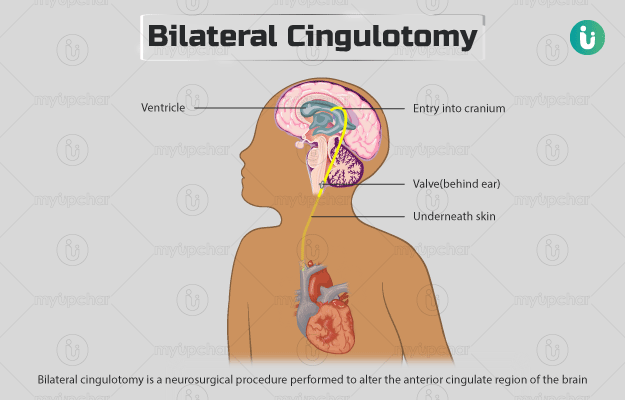Summary
Bilateral cingulotomy is a neurosurgical procedure performed to alter the anterior cingulate region of the brain (present in the frontal lobe), which is responsible for emotional responses, memory, and the feeling of chronic pain.
This procedure is done for the management of certain psychiatric disorders like OCD or chronic pain that does not resolve with medicines.
Bilateral cingulotomy is performed under local anaesthesia, you will be awake during the procedure. A magnetic resonance imaging test is performed before the surgery to create a map of your brain. Although the surgery is considered safe, it is associated with a few complications such as bleeding, weight gain, confusion, and seizures.






































